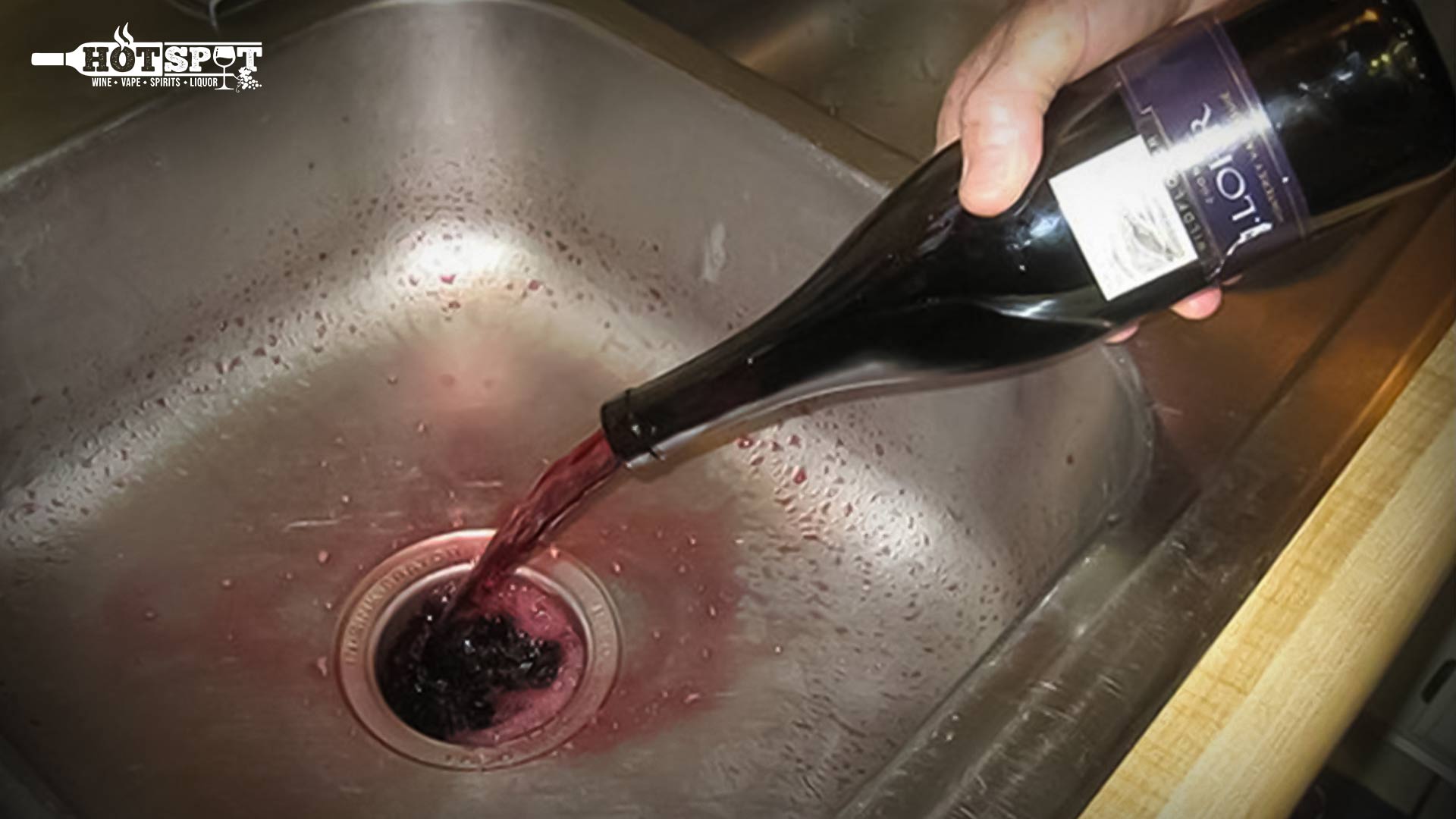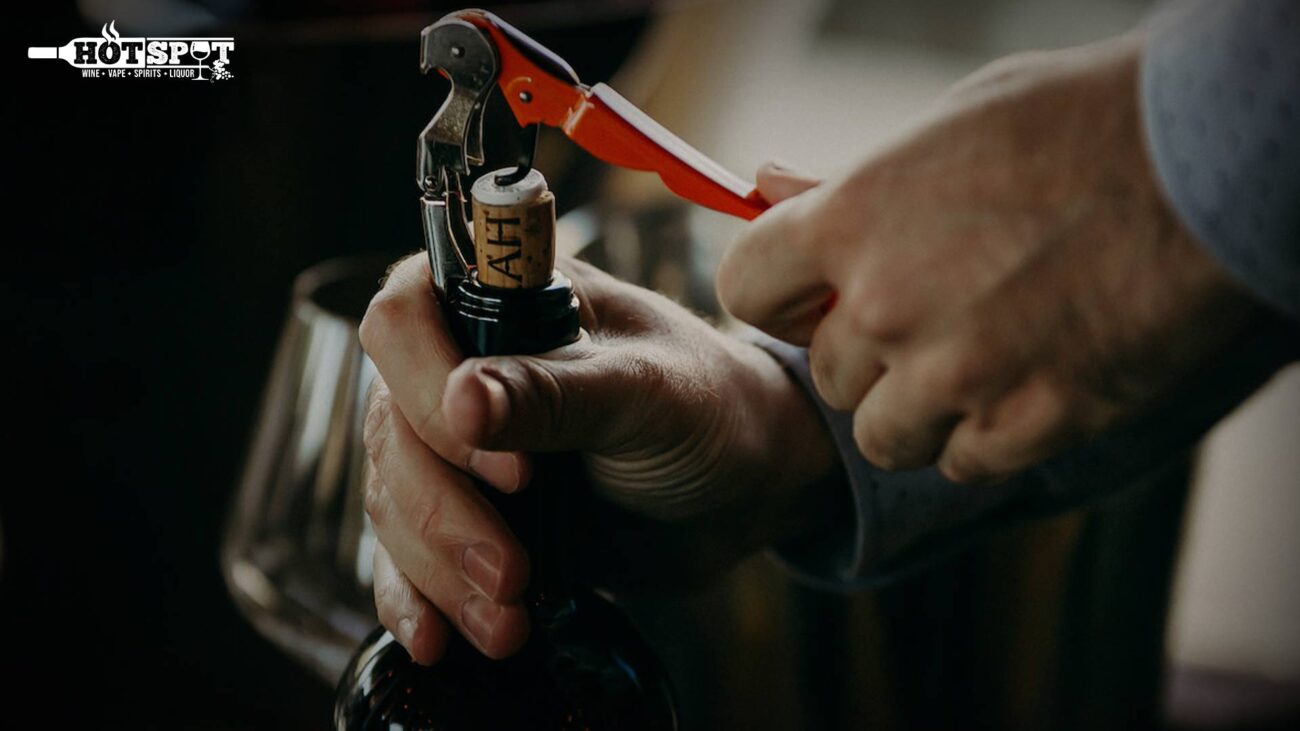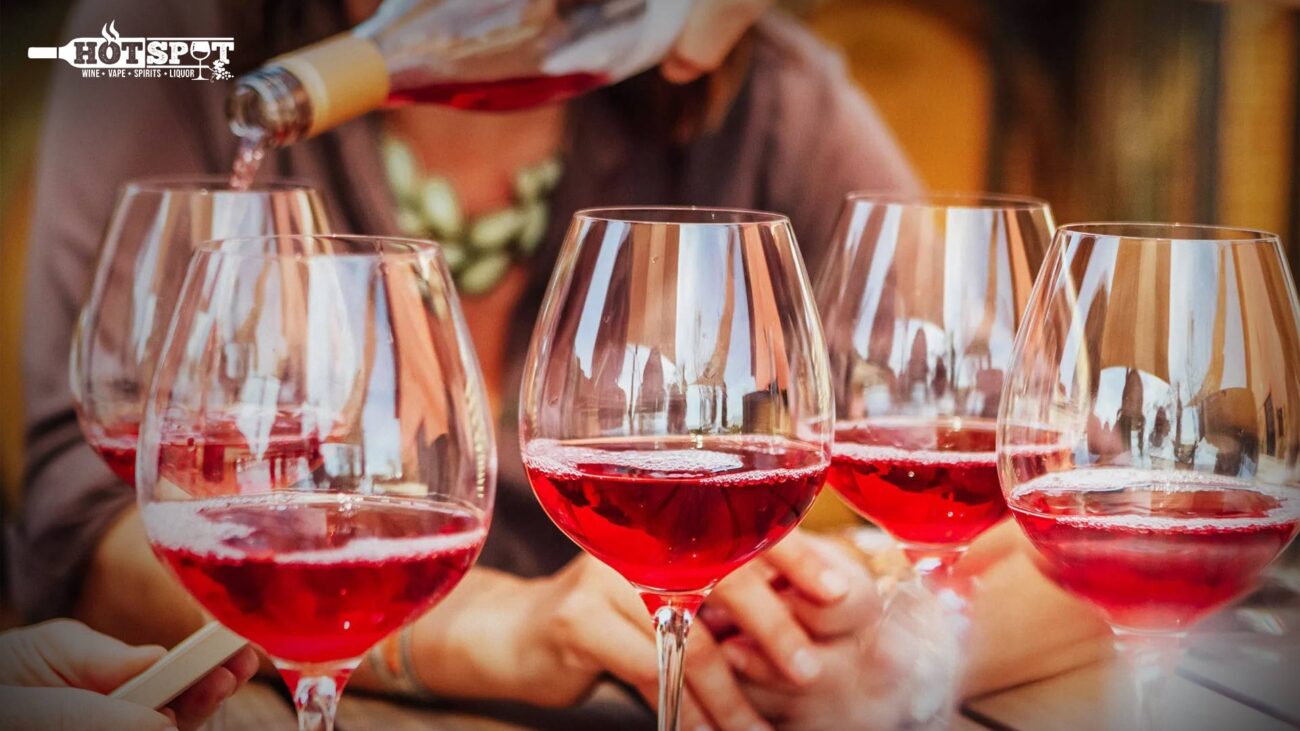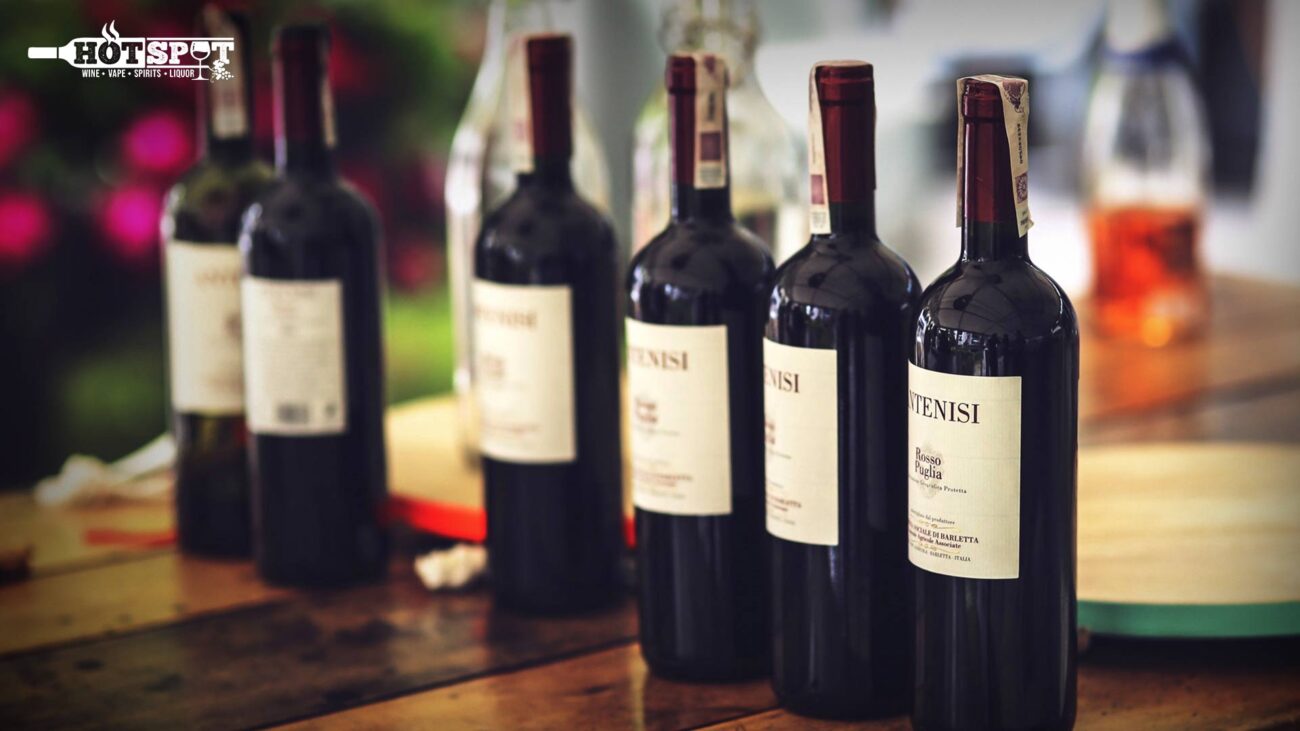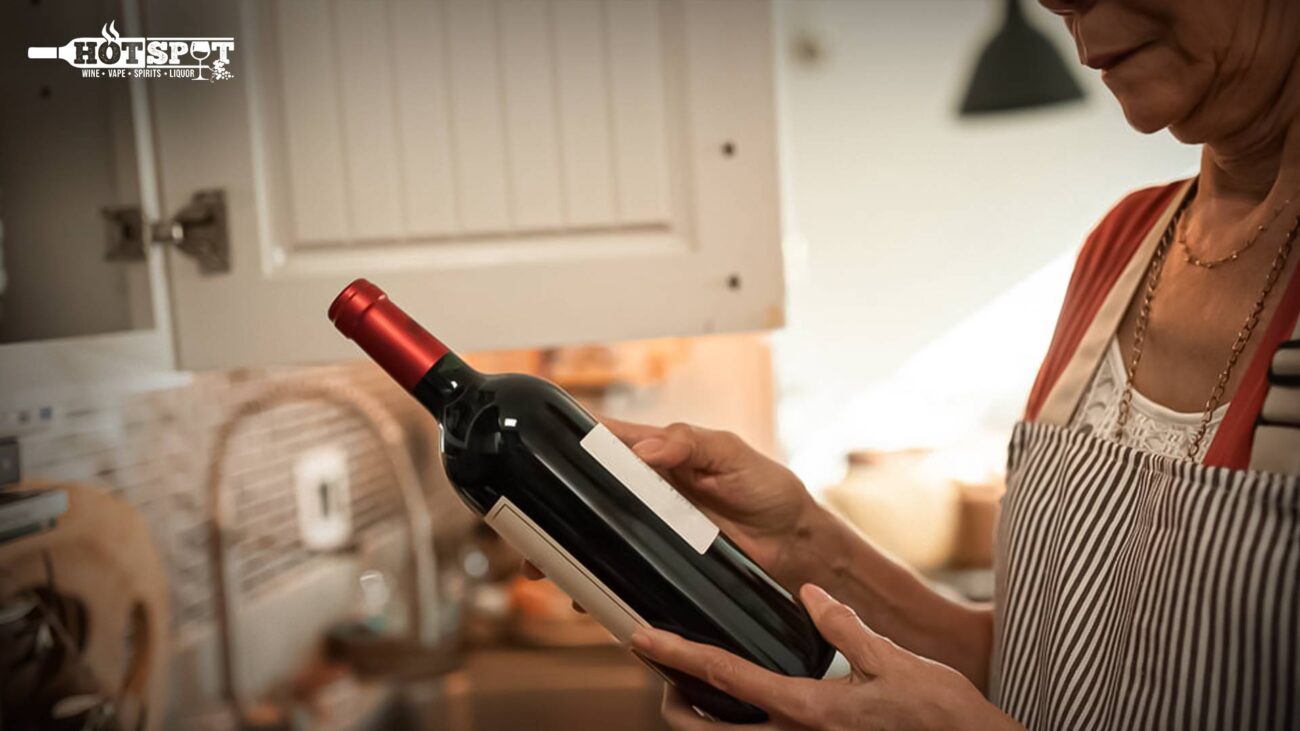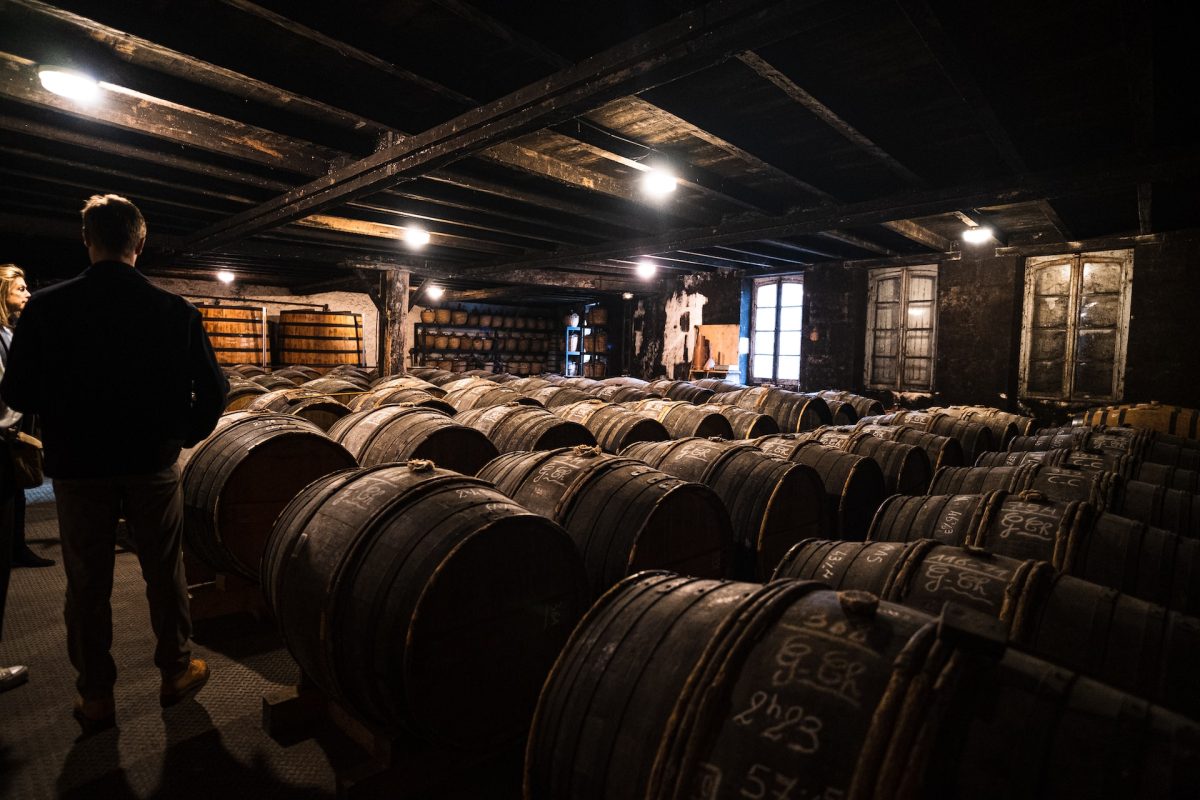One of those classic drinks enjoyed by people all over, wine is a typical question among drinkers—beginners or lovers. But the question that most of the search for is, does wine go bad? Wine can age wonderfully under the proper conditions; once a bottle is opened or carelessly kept, it will deteriorate. In this article, we will discuss why and how wine goes bad, the shelf life of various kinds of wine, indicators of spoiling, and some pointers to keep your wine fresh.
Why Does Wine Go Bad?
Made from fermented grapes, wine is a natural product with a number of molecules that make it sensitive to light, oxygen, temperature, and time. If incorrectly kept, or with time, wine alters chemically, which can cause spoiling. Here’s the rationale behind it:
Once you open a bottle of wine, oxygen starts interacting with it. Wine “opens up” and releases its flavors with a modest amount of air; too much oxygen exposure causes oxidation. Under this process, wine can quickly become flat, uninteresting, and finally sour.
Bacterial Growth: Some wine’s (more especially, acetic acid) bacteria start to convert it into vinegar when exposed to air. Wine has a sour, bad flavor from these bacteria eating the alcohol and turning it into acetic acid.
Heat and light: can set off chemical processes in wine that cause spoiling. Leaving wine in a warm room or direct sunshine, for instance, “cooks” it and produces a bad taste.
Higher acidity and tannin wines: such as reds, typically keep better once opened, although they are still vulnerable to deterioration over time.
Wine’s Lifespan
Whether a bottle of wine is opened or unopened, the kind of wine, and how it is kept, determines does wine go bad and how long it will last. Wine shelf life breaks out here:
Unopened Wines
White Wine: Usually lasting 1-2 years past its “best by,” unopened white wine keeps well. Like mature chardonnays, better whites keep 3-5 years unopened.
Unopened red wine can last two to three years beyond the advised date, but some excellent reds can age and get better over a decade with proper storage.
Generally speaking, Rosé wines are best two years from purchase; if unopened, they could last up to three years.
Sparkling Wines
Like champagne, sparkling wines are not good candidates for aging. Though certain vintage champagnes may remain longer, unopened they are best consumed one to two years after purchase.
The strong alcohol concentration in wines such as port or sherry increases their shelf life. Unopened, these have a lifespan of five to ten years.
Released Wine
The clock starts to run once a bottle is opened. Each variety of wine keeps for the following lengths following opening:
White Wines
Stored in the refrigerator with a good seal, opened white wine can last three to five days.
Usually lasting 3-5 days after opening, red wine keeps better with a good seal and cold.
Rosé Wines
If refrigerated, rosé keeps roughly three to five days after opening, much as white wines.
Sparkling wines
They quickly lose their sparkle. Though they may last 1-3 days in the refrigerator with a champagne stopper, they are best eaten straight after opening.
Fortified wines
Once opened, keep better. If correctly sealed and kept in a cold, dark environment, they can typically be savored for up to one month.
Finding Out: does wine go bad?
A wine might taste nice even if its ideal shelf life has been exceeded scientifically. If unsure, though, here are some obvious indicators that wine has gone bad:
1. Smells unpleasant
Usually the result of acetic acid bacteria turning the wine into vinegar, a strong vinegar or sour smell is a major clue of ruined wine.
If you smell something like chemicals or solvents—like nail polish remover—this indicates oxidation most certainly has happened.
2. Change in Color
While red wines become more brownish and lose their beautiful red hue, white wines often develop a darker, yellowish-brown hue when they deteriorate.
If the color of your wine seems odd, it’s a good clue that it is no longer drinkable.
3. Flat or Dull Flavor
Fresh wine should taste vivid, but if it has gone bad, it may taste flat or sour from too much oxidation.
Lacking the richness of tastes it formerly possessed, spoiled wine can taste unduly acidic or even harsh.
4. Bubbles in Still Wine
Bubbles in a still wine—non-sparkling wine—are a common indicator of deterioration. They may indicate that the wine has begun to ferment once more from yeast activity.
5. Particle or Mold
While sediment in red wine is natural, odd particles or mold development around the cork or within the bottle indicates deterioration. If the wine has been mishandled, mold around the cork may develop.
Ways to Store Wine to Maintain Freshness
Staying away from wine turning bad mostly depends on proper storage. These ideas will help your wine stay fresher for longer:
Maintaining Wine Coolness
Wine tastes best at low, steady temperatures—ideally between 45 and 65°F (7–18°C). Heat speeds up chemical reactions, causing spoiling, so keep wine away from windows or the kitchen as storage areas.
Store bottles horizontally
While finding out, does wine go bad? We also explore a new technique that Wine bottles stored horizontally help keep the cork moist, preventing dry-out and air inlet. This is crucial for red wine’s long-term preservation, particularly.
Prevent Direct Sunlight
Over time, light—especially UV light—can break down wine, influencing its taste and scent. Store wine in a dark area, perhaps a cupboard or cellar.
Refrigerate opened wine
Store wine in the refrigerator once opened to help slow down oxidation. This is true of red and white wines; just remove red wine from the refrigerator one hour before serving to let it get to room temperature.
Use Either a vacuum pump or a wine stopper
An opened bottle of wine can remain fresher for longer if you use a decent wine stopper or a vacuum pump, which eliminates extra oxygen. These are really cheap and quite useful instruments.
Can Bad Wine Make You Unwell?
The good news is that drinking rotten wine just won’t taste great; it won’t make you sick, either. Though the taste, scent, and texture will have deteriorated, spoiled wine does not contain dangerous pathogens. Therefore, even if poor wine will not cause food poisoning, it is advisable to throw away wine that has gone off to prevent a horrible drinking experience.
Conclusions
To find out if wine goes bad, we evaluated factors such as oxygen exposure, heat, and light, which can cause wine to spoil. However, by understanding the shelf life and proper storage techniques, you can enjoy wine at its best for as long as possible. Always store wine in a cool, dark environment, and watch for signs of spoilage, like off aromas or color changes. And remember, even if wine goes bad, it doesn’t have to go to waste; it can still be creatively repurposed. At The Hotspot Liquor, we’re here to help you find quality wine and guide you in preserving it for the ultimate enjoyment.

